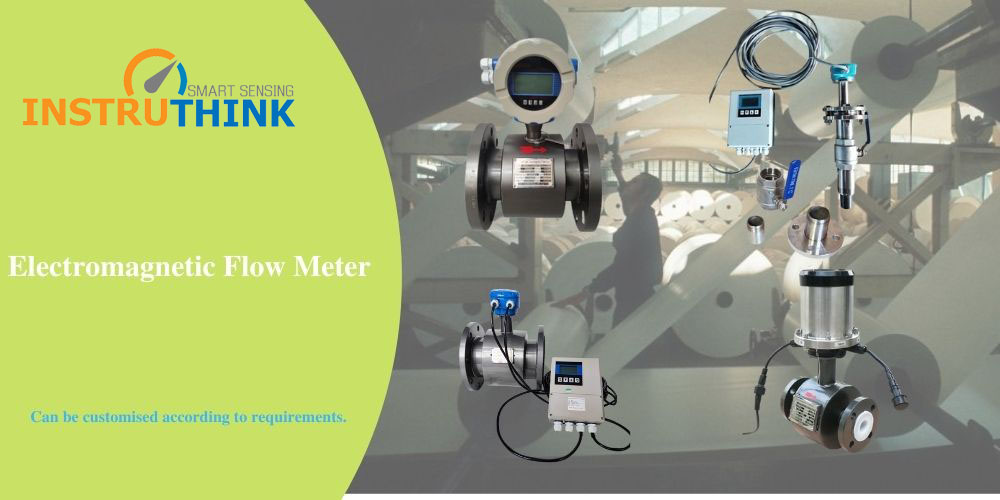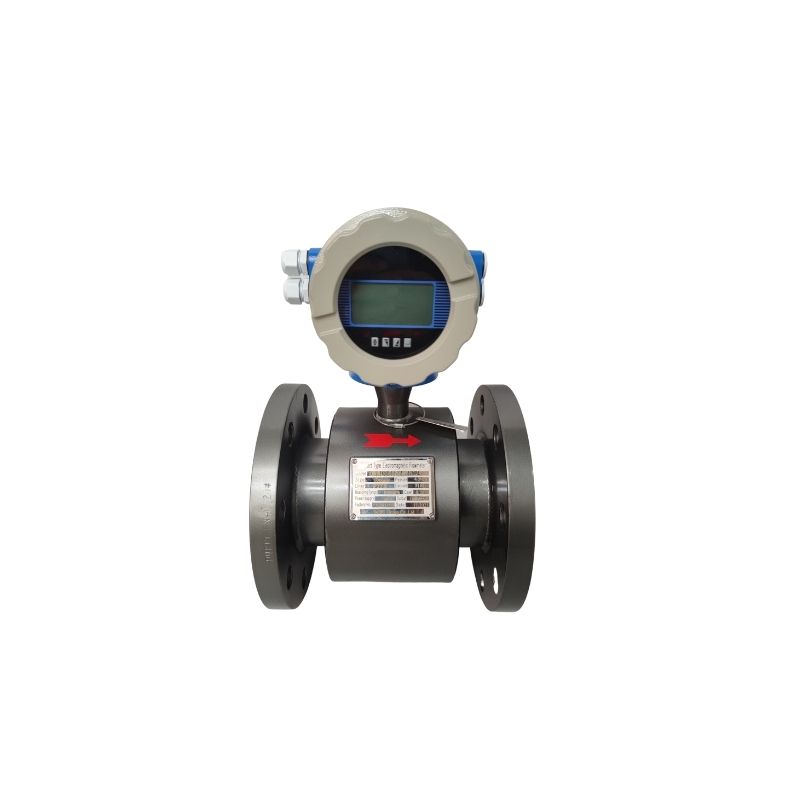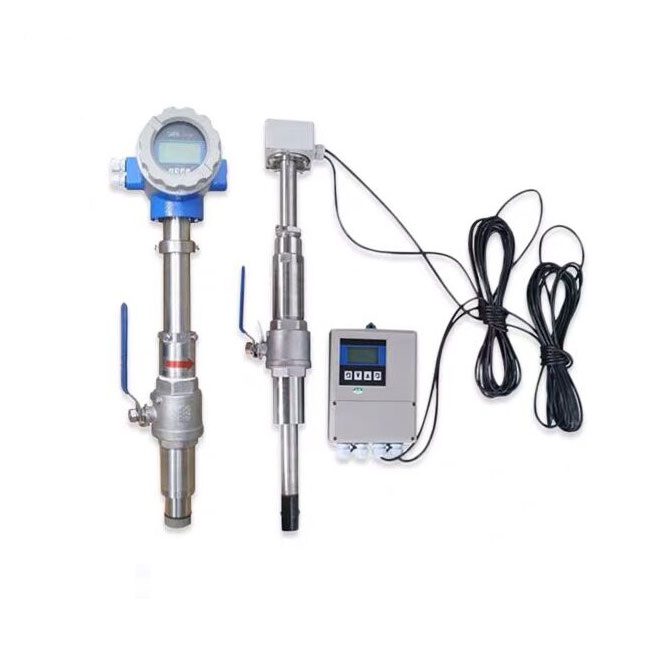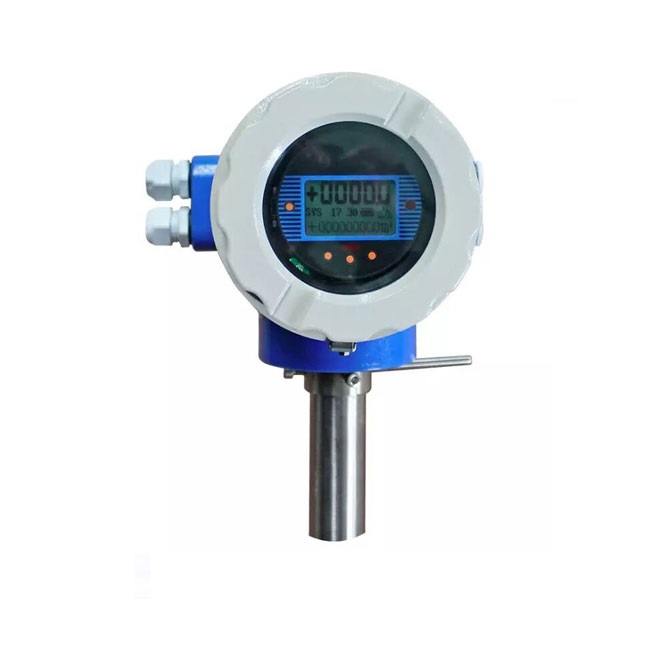The pulp and paper industry has long relied on efficient and reliable processes to produce quality products. As such, the use of advanced technologies to monitor and improve these processes is increasingly necessary. One of the essential instruments in this industry is the electromagnetic flow meter, which has revolutionized how pulp and paper manufacturers monitor and control their production processes. This article will discuss the applications and advantages of using an electromagnetic flow meter in the pulp and paper industry.

Papermaking is a non-stop manufacturing process, so the continuity and powerful manipulation of the production line is essential for maintaining the quality of the end product. There are many challenging flow measurements to consider in a Pulp and Paper mill, from inventory flows, competitive chemicals, abrasive materials, and excessive method temperatures, to various steam first-class and fuels.
For effective flow measurement in the mill, selecting and installing the right technology and configuration is critical – and this is where the electromagnetic flow meter comes into play. This specialized flow meter is necessary for measuring and controlling the flow rate of the slurry in the pulp supply system, ensuring that the production process runs smoothly and efficiently.
What is an Electromagnetic Flow Meter?
Electromagnetic flow meters, also known as magmeters, are highly accurate and reliable flowmeters ideal for many applications. With their ability to measure flow rates between one and thirty feet per second in conductive fluids, magmeters offer better than one accuracy of indicated flow rate. This incredible accuracy is partly because the magmeter measures the average velocity of the fluid in the entire pipe rather than just a single point. This is made possible through Faraday’s Law. When a moving conductor (the fluid) passes through a magnetic field perpendicular to the flow, it creates a minimal current on a set of electrodes at right angles. This current is proportional to the average velocity of the fluid in the pipeline.

Magmeters are ideal for measuring clean liquids like water and fluids with both dissolved and suspended solids. They are also highly accurate when measuring slurries such as lime and chemical solutions, which are often corrosive and abrasive. This makes magmeters perfect for applications that require precise and reliable measurements in harsh environments.
Electromagnetic Flow Meter for Pulp and Paper Industry
This is why they’re the fundamental workhorse within the pulp and paper industry. An electromagnetic flow meter is an essential tool for the pulp and paper industry, as it measures water flow in various locations within the mill. These flow meters measure black, white, and green liquors, pulp stock, paper machine flows, and different chemical flows, including chlorine dioxide, hydrogen peroxide, sodium hypochlorite, and more. With its robust design and highly accurate measurements, the Basic Workhorse Flow Meter is an indispensable asset for any pulp and paper operation.
Magmeters use a lining to protect their coils and electrodes from grounding on the pipe body. For simple applications like water, neoprene is commonly used as the liner, and a nickel alloy electrode is sufficient. However, for highly corrosive fluids, Teflon® linings and corrosion-resistant metals like titanium are usually the best choices for the electrodes. This ensures that your magmeters are well-protected against the corrosive effects of the fluid.

Magmeters were designed with an AC signal to excite the coils, which created a sine wave output from the electrodes. However, a problem soon arose: when the fluid being measured was anything other than water, deposits would build up on the wetted surfaces of the electrodes, causing the sine wave to drift and resulting in a decrease in flow measurement accuracy. To address this issue, newer magmeter designs use a DC signal to excite the coils, allowing for more accurate and reliable flow measurements.
Key Production Processes
The slurry supply system comprises three key production processes: disintegration, beating and mixing.
During the disintegration process, an electromagnetic waft meter is used as it should degree the flow rate of the slurry and ensure its stability in the subsequent beating process. This helps optimize the efficiency of the grinding disc, stabilize the slurry and solution degree, and ultimately improve the quality of the beating. In addition, the electromagnetic flow meter and the regulating valve form a PID (proportional-integral-derivative) regulating loop, further enhancing the effectiveness of the grinding process and the consistency of the slurry entering the disc. This ultimately leads to improved quality and performance of the beating.

The pulping process is essential to ensure the quality of paper products.
- The concentration and proportion of the pulp must remain constant, with a fluctuation of no more than 2%.
- The pulp must be stably supplied to the paper machine to ensure the regular operation of the paper machine.
- A certain amount of slurry must be reserved to adapt to changes in paper machine speed and varieties.
To ensure the flow control of the pulp, an electromagnetic flow meter is installed at the outlet of the pulp pump for each type of pulp. The pulp flow is then adjusted through a regulating valve to ensure that each pulp meets the process requirements. This adjustment of the slurry ultimately results in a stable and uniform slurry ratio.
Summary
Electromagnetic flow meters are widely used throughout the mill in various applications, from stock, liquor, chemicals, lime mud, and water. They are a reliable and cost-effective solution for measuring flow, offering accuracy, obstruction-less measurement (fiber does not build up in meters), a range of materials for configuration, no ports or impulse lines for non-plugging, and full diameter with no pressure drop across the meter. Additionally, these meters are available in sizes from fractional through sizes larger than 36 and require minimal maintenance.
